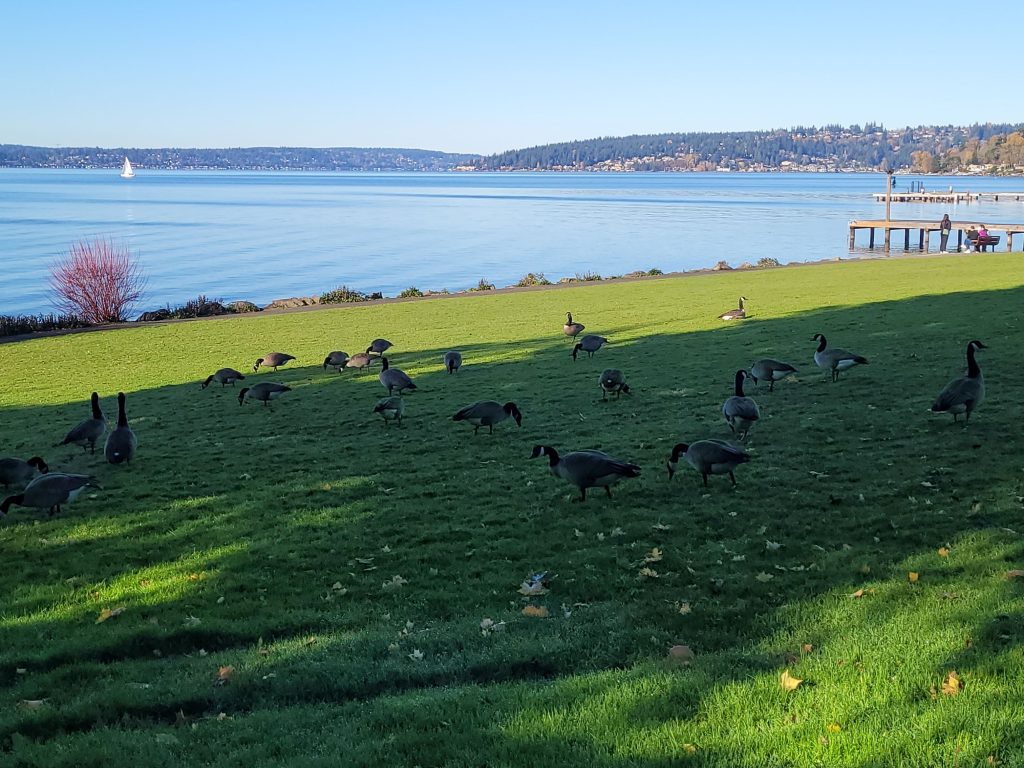After getting all my gear over Black Friday weekend, now it’s time to put everything together! Next, I need to make sure I’m physically ready to carry the weights and cover the distances. Enter stage 1 of Camino training!
Camino training stage distances
My goals for this upcoming short Camino aren’t very ambitious – 4 leisurely stages of less than 20 km each, then the tough Betanzos – Bruma – Santiago stretch. But if I can, I want to cover Betanzos to Ordes (about 34 km) in one day. With that, I can avoid the albergue capacity crunch at Presedo and Bruma.
For now, I’m taking one long walk every weekend. The distances range from 12 to 28 km, similar to my planned Camino stage lengths.
Training in all kinds of weather
Rain or shine, I’m out on the road once a week. This way, I won’t be freaked out if I get hit by the legendary Galician rain during my Camino. Also, I can test whether my rain gear will hold up to a wet day outside.

Thus far, I’ve proven that my shoes are indeed waterproof. Additionally, my rain jacket and hiking pants passed the test – but I expect nothing less of REI gear. In contrast, Camel Crown is a less known Chinese brand, so I really want to ensure my shoes can hold up to distance and rain.
Working up to a full load
Initially, I walked with a daypack containing a water bottle (1 kg), my reusable coffee cup, a couple of warm layers, and essentials like a wallet, phone, keys, tissues and hand sanitizer. Now, I’m stepping up to my full load. This includes a light sleeping bag, flip-flops, a travel towel, extra clothing, and toiletries.
Common advice states that your backpack should not exceed 20% of your body weight. In fact, many seasoned Camino hikers advocate a 10% limit. Because I weigh about 45 kg, I split the difference with a limit of 7 kg (15% of my weight). Excluding water, my base load is 4.93 kg. Currently in winter, I’m adding about 1-1.5 kg from skin out. However, that additional weight will go down when the weather gets warmer.
Surprisingly, the full load in my internal frame pack felt lighter than my daypack did! This is a testimony to why it’s important to transfer as much of the load as possible to your hips. With a pack that does this, I finished 20 km in an hour less than my prior attempt with an unstructured daypack.
Next steps in Camino training: doing this multiple days in a row
I’m no stranger to these weights and distances. Nearly 30 years ago, my RJC ODAC round-island hike was two days of 30 km each, with 3 litres of water as compulsory carry. In those days, hydration bladders were uncommon. Therefore, we used two 1.5 jumbo mineral bottles of water from the supermarket, lying sideways in the middle of our packs. Neither had we heard of trail runners. We only had the running shoes from PE class, or basic Hi-Tec hiking boots from the Army Market. I didn’t know why I needed a frame pack and bought a frameless one to save money. But we made it, out of sheer youth, equal amounts of chutzpah and ignorance. Ice kachang from the legendary Ghim Moh Food Centre helped too!
In the Camino, though, you must do this day after day, for five days to forty (depending on the route). Unlike doing a marathon or a multi-day hike, you can’t treat this as a single burst of exertion. Rather, walking 20 km a day with a 6 kg pack must become a regular habit.
Next, I’m going to add longer distances, and more back-to-back days with the full load into the mix. Till next time!
Previously: Diaries Part 1 – Planning and Initial Gear List
